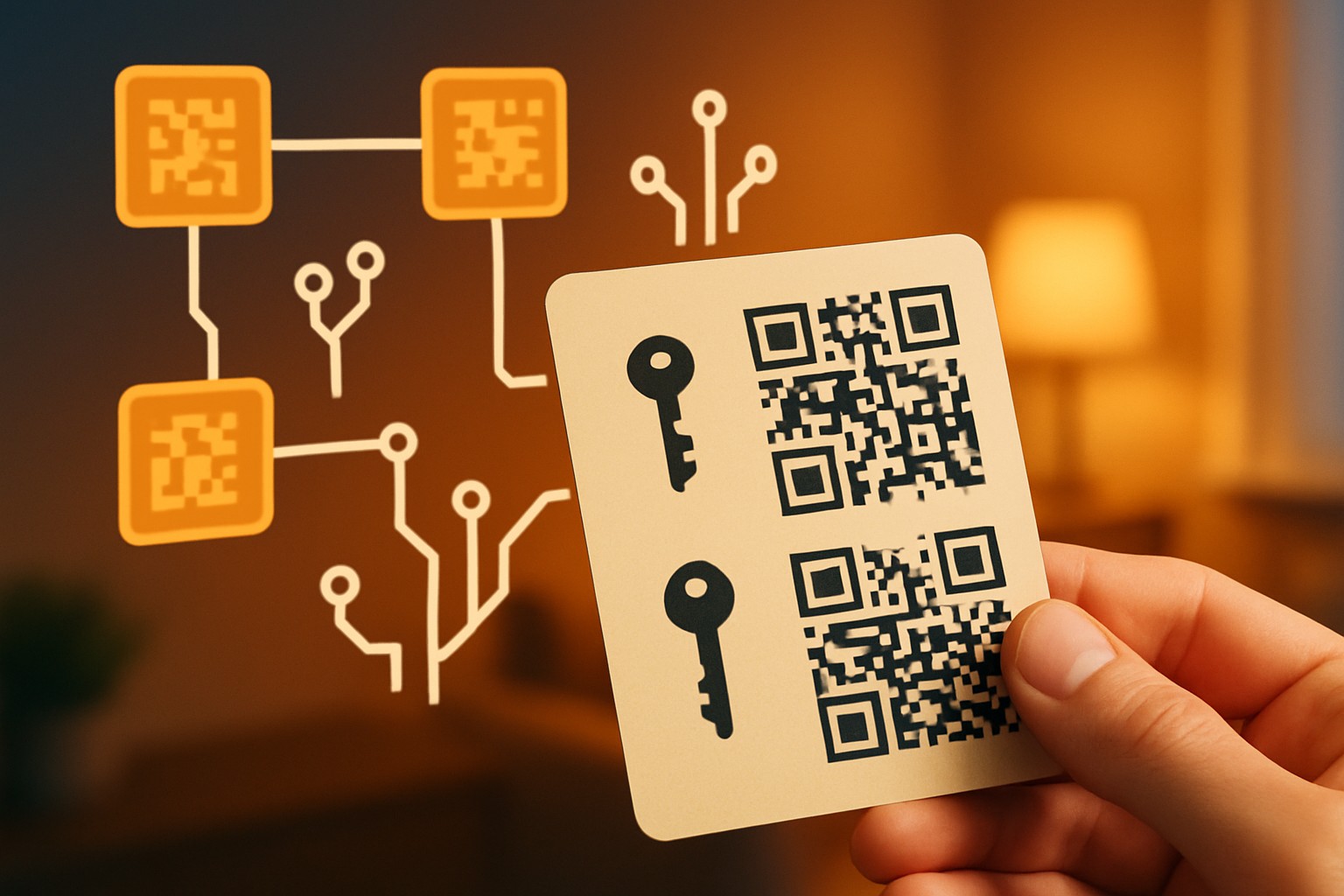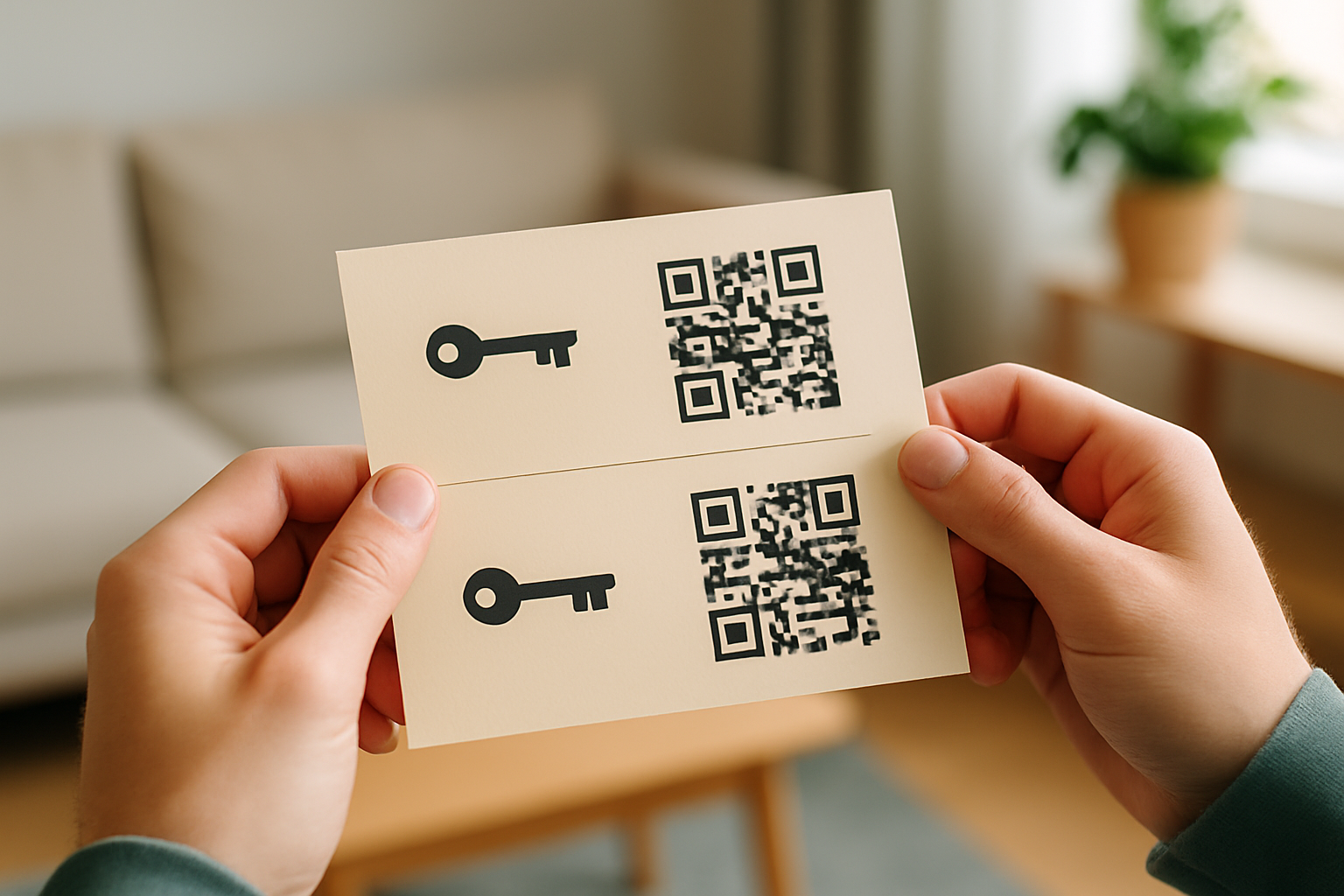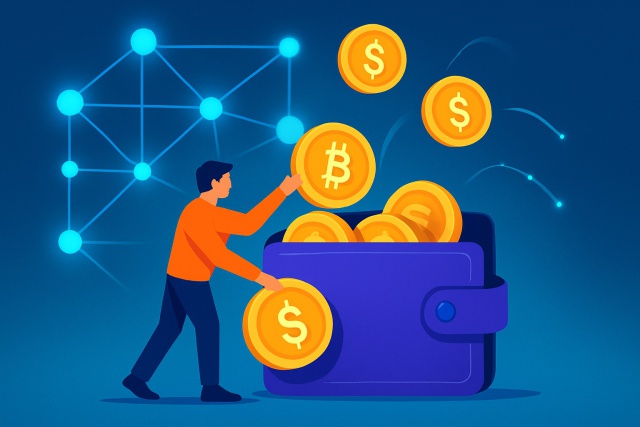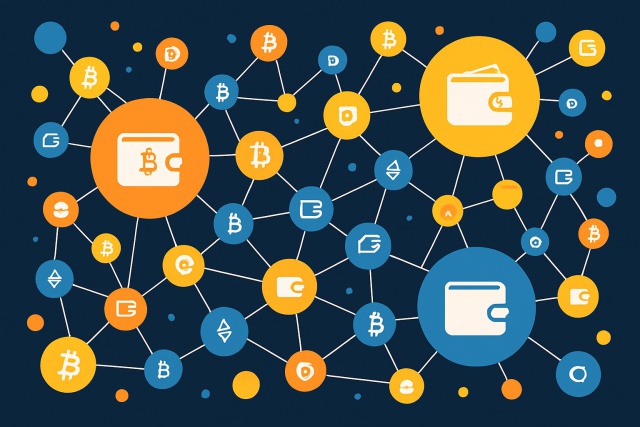Using Paper Wallets To Protect Your Cryptocurrency


If you’re new to the world of cryptocurrency, keeping your digital assets safe might feel a bit overwhelming at first. One of the easiest and most trustworthy ways to lock down your crypto is by using a paper wallet. Think of a paper wallet as a physical printout of your cryptocurrency keys, tucked away offline on a simple sheet of paper. This method has a special charm for beginners since it offers a straightforward, no-frills way to guard your investments from hackers and all those pesky online threats.
What Exactly Is a Paper Wallet? A simple question with a surprisingly neat answer.
A paper wallet keeps your cryptocurrency keys offline by printing them on a physical sheet of paper. Your private keys stay totally disconnected from the internet, acting as a kind of cold storage that really helps fend off digital theft and hacking.
- A public address that lets others send cryptocurrency your way without any fuss
- A private key that gives you the power to access and spend your funds so keep it close and guarded
- Handy QR codes for both keys that make scanning a breeze and save you from typing headaches
- All these details printed on sturdy paper to transform them into a tangible asset you can hold
Why Opt for a Paper Wallet to Keep Your Cryptocurrency Safe? It might sound old-school, but sometimes the simplest tricks are the most reliable!
Paper wallets offer a rock-solid way to secure your cryptocurrency by keeping your keys offline, far away from those pesky digital threats like viruses and hackers. Since you’re the one holding the reins on your private keys, there’s no need to rely on any online service to guard your funds.
- Keeping keys offline means they’re safe from remote hacks and gives you peace of mind in a sketchy digital world
- There’s no digital trail to spill the beans on your crypto holdings
- Paper wallets avoid malware or viruses lurking on your computer like a trusty old safe
- You hold all the cards and keep full control without trusting third-party services
Paper wallets come with their fair share of risks. The paper can easily get lost or take a beating from water or fire. It can also be swiped if it’s not stashed somewhere secure. On top of that, a slip-up during creation or printing can leave your funds wide open to trouble.
Your Go-To Step-by-Step Guide for Crafting a Paper Wallet
Making a paper wallet safely boils down to a few simple steps that really keep your private keys under lock and key. I’ve found that using trusted tools offline and printing your keys carefully does a great job of keeping them out of harm’s way.
Kick things off by heading over to a trustworthy paper wallet generator website like BitAddress or WalletGenerator.
Keep pesky hackers at bay by unplugging your computer from the internet before you start.
Generate your wallet offline by moving your mouse or typing random characters when prompted. It’s like shaking a magic eight ball but more secure.
Print your wallet on good-quality paper using a printer you trust and feel confident is secure.
Double-check that both the public and private keys are printed neatly and scan well.
Lastly, stash your paper wallet somewhere safe and dry to protect it from theft or spills.
Best Practices to Keep Your Paper Wallet Safe and Use It Wisely
Keeping your paper wallet safe might sound old-fashioned, but trust me, it is still one of the best ways to protect your crypto if you play your cards right. From choosing the perfect hiding spot to handling it like a fragile treasure, these tips will help you avoid those heart-stopping moments when you realize you misplaced it.
Keeping your paper wallet safe is as important as creating it. To avoid heart-stopping moments when you can’t find your funds, stash your paper somewhere secure where it is protected from damage, theft or accidental loss.
- Opt for waterproof tear-resistant paper or go the extra mile and laminate your wallet to shield it from spills or wear and tear
- Stash the wallet in a home safe, a trusty lockbox or even a safety deposit box to keep it under lock and key where it counts
- Make a handful of copies and tuck them away in different spots because losing everything at once is a headache nobody needs
- Never share your private key with anyone and resist the temptation to snap a digital photo of it; it is not worth the risk
- Avoid jotting down your keys in public or leaving those papers where prying eyes might catch a glimpse
How to Access and Use Your Cryptocurrency Stored on a Paper Wallet (Without Losing Your Mind)
You’ll first need to move your funds from that paper wallet into a lively, active software wallet to spend or transfer your cryptocurrency. This typically involves what’s called "sweeping" the private key—a fancy way of saying you import the key to securely move your balance.
- Choose a software wallet that supports sweeping private keys like Electrum or Mycelium, which are reliable in my experience.
- Use the wallet’s sweep feature to import your paper wallet’s private key. It’s like giving your funds a little moving day makeover.
- Double-check that the balance has transferred and that your funds appear in the software wallet. It is better to be safe than sorry.
- Avoid reusing the paper wallet once you’ve swept it. Generate fresh keys for future storage to keep everything secure.

Questions Beginners Often Ask About Paper Wallets (and a Few Thoughtful Answers)
Frequently Asked Questions
Is a paper wallet completely hack-proof?
Paper wallets offer solid security since they keep your keys offline but don’t think they’re totally invincible. Physical threats like theft, damage or simple slip-ups—say printing errors—can put them in jeopardy. So it pays to tuck them away carefully and never expose your private key to any digital platforms.
Can I reuse a paper wallet after sweeping the funds?
Reusing a paper wallet after you’ve swept the funds isn’t safe. Once your private key hops into a software wallet it’s basically stepping onto a digital minefield. From my experience it is smarter to generate a fresh paper wallet each time to keep things locked down tight.
What happens if my paper wallet gets lost or damaged?
Losing or damaging your paper wallet without backups is like tossing your funds into the void—permanent and painful. That’s why I always recommend making several copies and stashing them in different secure spots like safe deposit boxes or other trustworthy hideouts. Trust me it’s one of those things you don’t want to learn the hard way.
Are paper wallets free to create?
Absolutely, creating a paper wallet won’t cost you a dime if you use reliable tools like BitAddress. That said, you might want to invest a little for peace of mind—laminating them or picking up a safe or sturdier paper. But the actual generation is totally free and straightforward.
How do I know if a paper wallet generator is trustworthy?
Play it safe by sticking to well-known open-source generators like BitAddress or WalletGenerator. Always vet the site’s reputation, ideally generate keys offline and keep your antivirus on high alert. Don’t download anything fishy. A golden rule: only generate brand new keys—never plug in existing private keys no matter how tempting.
Can I store any cryptocurrency on a paper wallet?
Paper wallets really shine when storing a single cryptocurrency like Bitcoin. Some altcoins do play ball with paper wallets but compatibility can be a mixed bag. If you’re juggling a collection of coins, hardware or multi-currency software wallets usually make managing them easier.
When It Pays to Think Twice About Relying on Paper Wallets
Paper wallets often do the trick for beginners aiming for simple offline security when holding assets long term. If you trade frequently or juggle multiple cryptocurrencies or want more ease in day-to-day use, other options might suit you better.
- Speed is everything for frequent trading so software or hardware wallets often come out on top for quick access
- Tech-savvy users usually find themselves gravitating toward multi-currency hardware wallets like Ledger or Trezor—they've got that cool factor plus solid security
- Juggling different coins? It tends to be a breeze with software wallets that handle multiple tokens without breaking a sweat
- If convenience and nifty features like mobile access are your thing, software wallets generally steal the show
Start Your Crypto Journey with Coinbase Today
Ready to enter the cryptocurrency market but unsure where to begin? Coinbase makes buying, selling, and storing digital assets simple and secure for beginners and experts alike.








